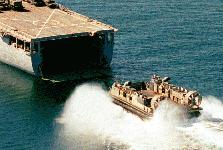
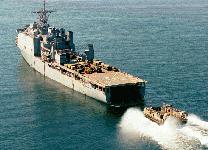
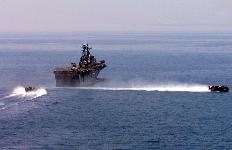
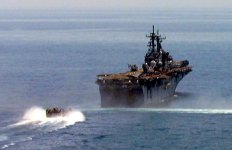
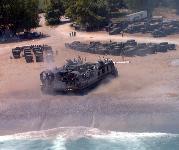
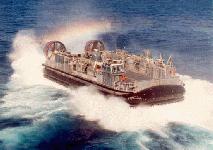
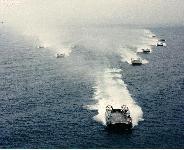

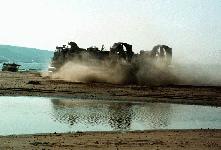
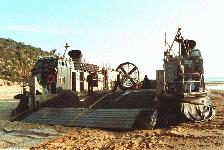
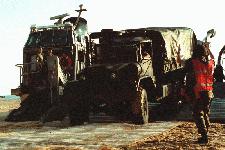
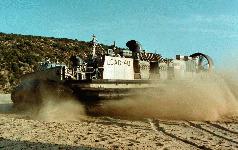
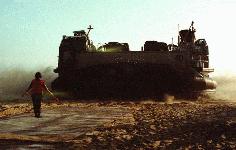
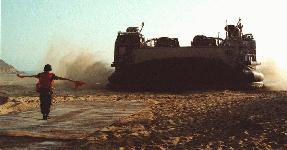
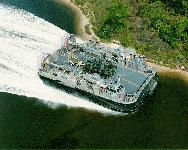
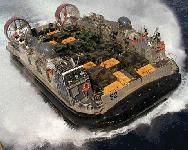
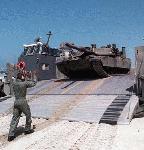
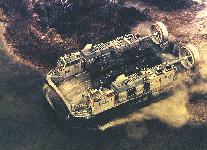
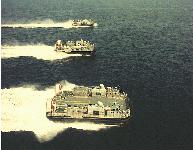
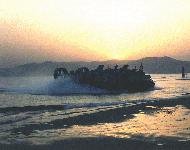
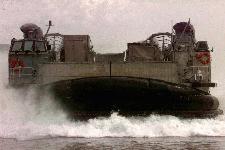
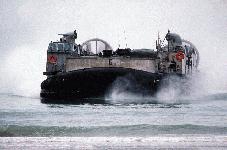
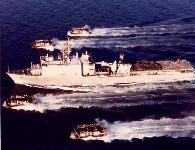
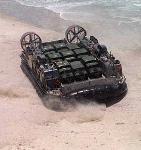
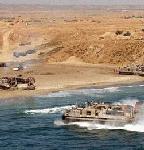
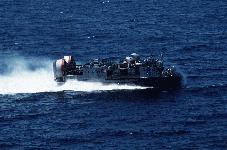
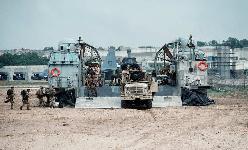




Specifications | |
| Builder | Textron Marine and Land ystems Lockheed Avondale Gulfport Marine |
| Power Plant | Four Avco-Lycoming gas turbines; 12,280
bhp; two shrouded reversible-pitch propellers; four double-entry fans for lift |
| Length | 88 feet |
| Beam | 47 feet |
| Displacement | 200 tons full load |
| Capacity | 60 tons/75 ton overload |
| Speed | 40 plus knots with payload |
| Armament | 2 - 12.7mm MGs. Gun mounts will support: M-2HB .50 cal machine gun; Mk-19 Mod3 40mm grenade launcher; M-60 machine gun |
| Crew | 5 |
| Range | 200 miles at 40 kts with payload 300 miles at 35 kts with payload |
| Availability |
LCACs per Day (from a total of 54) Day One � 52 Day Two � 49 Day Three � 46 Day Four � 43 Day Five - 40 |
| Operating Time | 16 hours per day per LCAC |
| Time per Sortie |
Vehicle Load � 6 hours, 8 min Cargo Load � 8 hours, 36 min |
| Sorties per Day for Vehicles |
|
| Sorties per Day for Cargo |
|
| Personnel Capacity |
24 Troops 180 w/PTM |
| Short Tons per Sortie |
25 STONS 50 pallets (500 lbs per pallet) |
| Vehicles per Sortie |
12 HMMWVs per sortie 4 LAVs per sortie 2 AAVs per sortie 1 M1A1 per sortie 4 M923 per sortie 2 M923 5-Ton Trucks,2 M198 Howitzers, and 2 HMMWVs per sortie |
| Time Details |
Transit (45 NM @ 25 kts) x 2 = 216 min
Well Deck Ops
62 min for vehicles 120 min for cargo Beach Ops 30 min for vehicles 120 min for cargo Friction = 60 min Total = 368 min (for vehicles) or 516 min (for cargo) |
| Unit LCAC Sortie Requirements |
Infantry Regiment
|
| Support Ship Capacity: |
|



























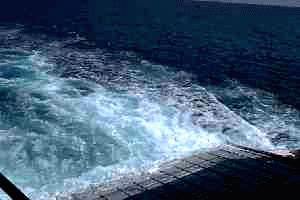 Sterngate lowered, ready to receive LCAC (10 knots speed thru water). |
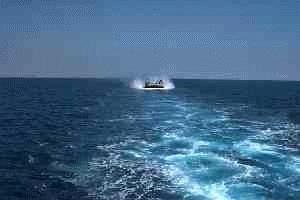 LCAC Number 13 commencing approach to COMSTOCK (approx. 500 yds away) |
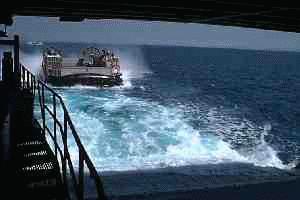 LCAC Number 13 on final approach. (Note LCAC 31 on horizon) |
 LCAC 13 just prior to entering COMSTOCK's well. |
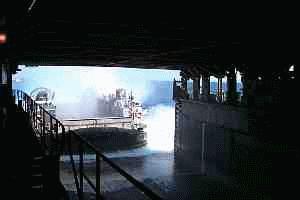 LCAC Number 13 beginning to enter COMSTOCK's well. |
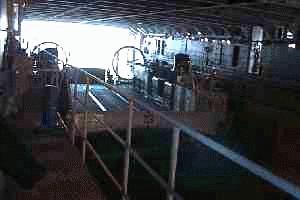 LCAC Number 13 in COMSTOCK's well, manuevering to final position. |